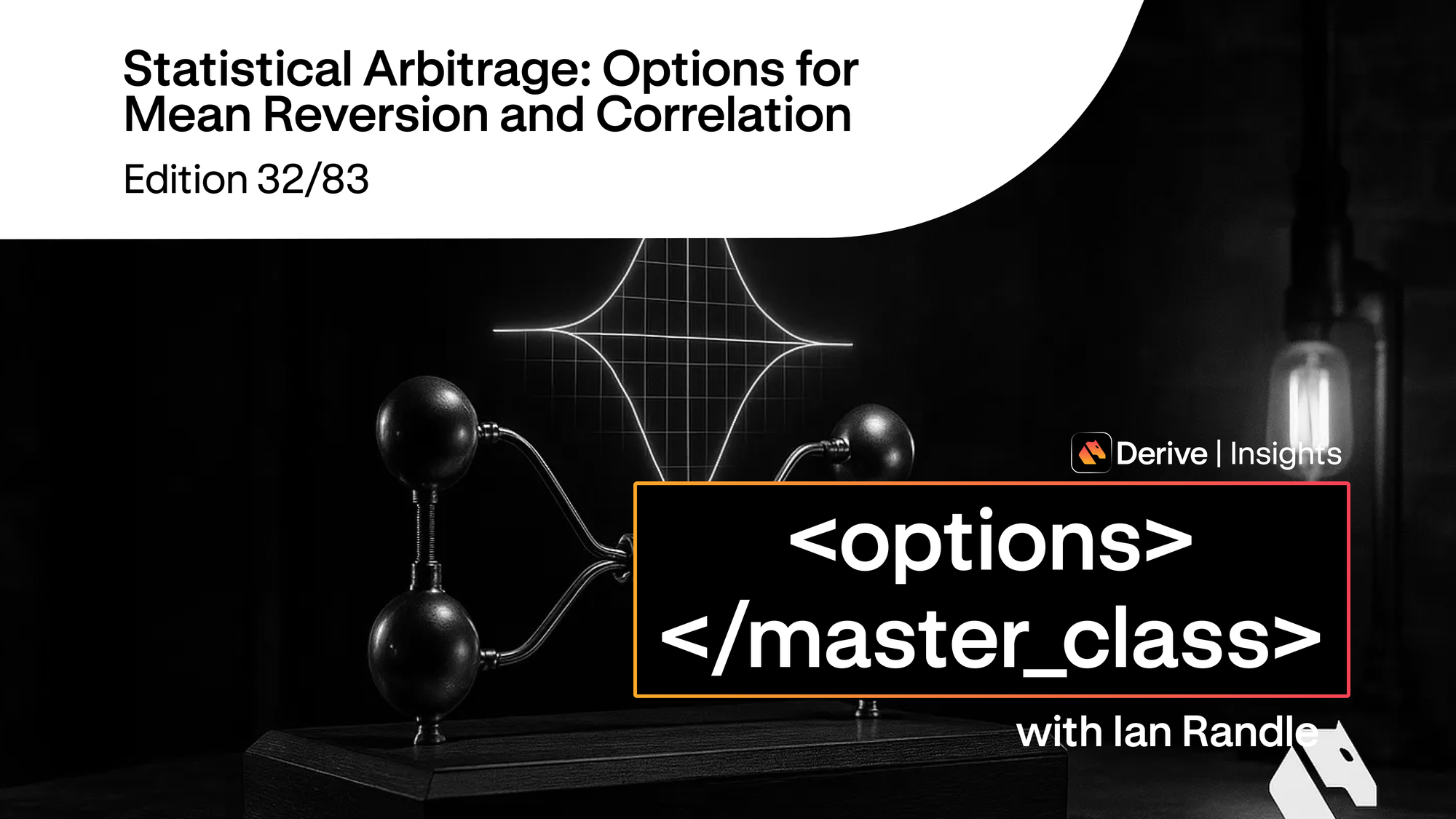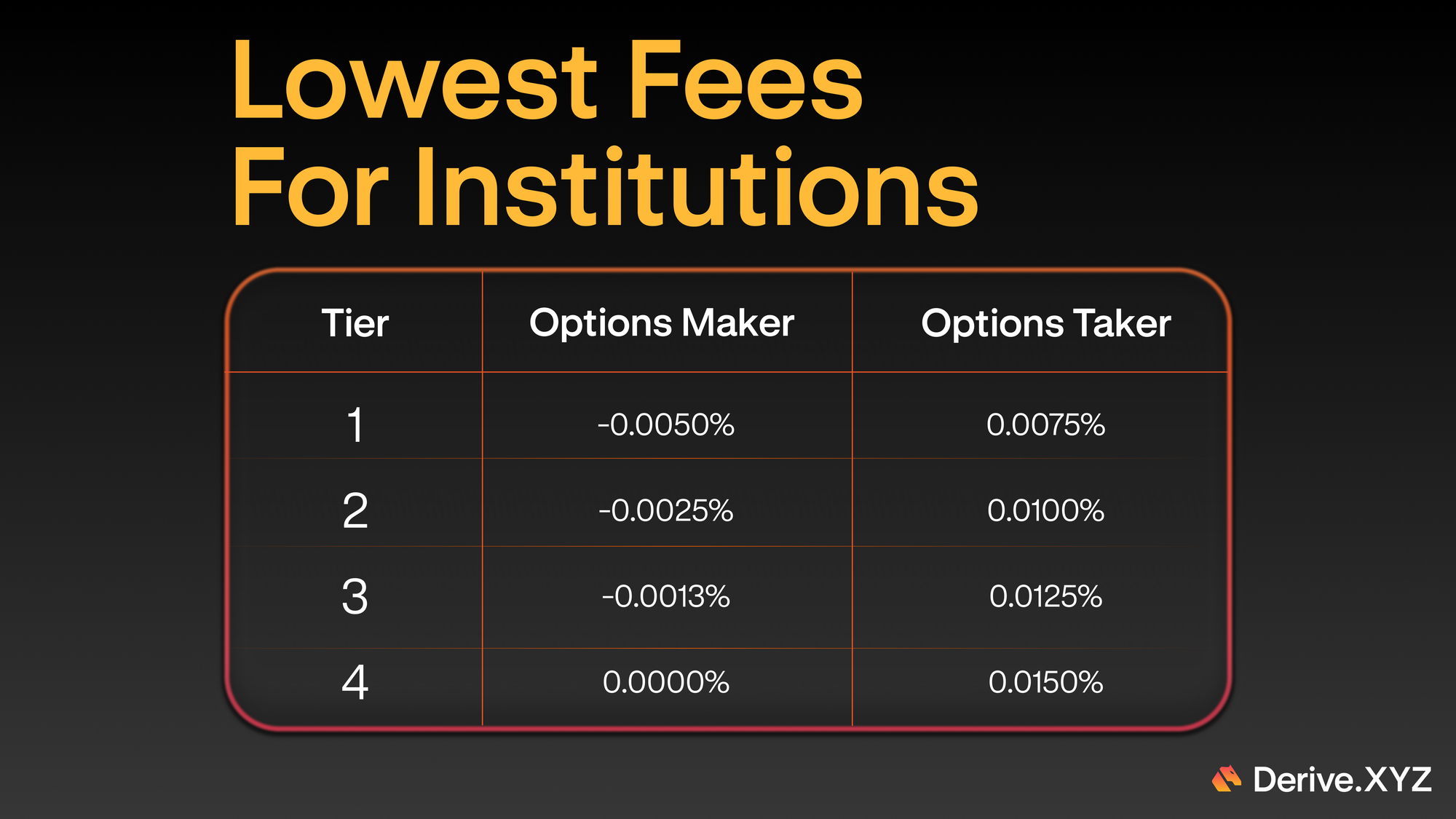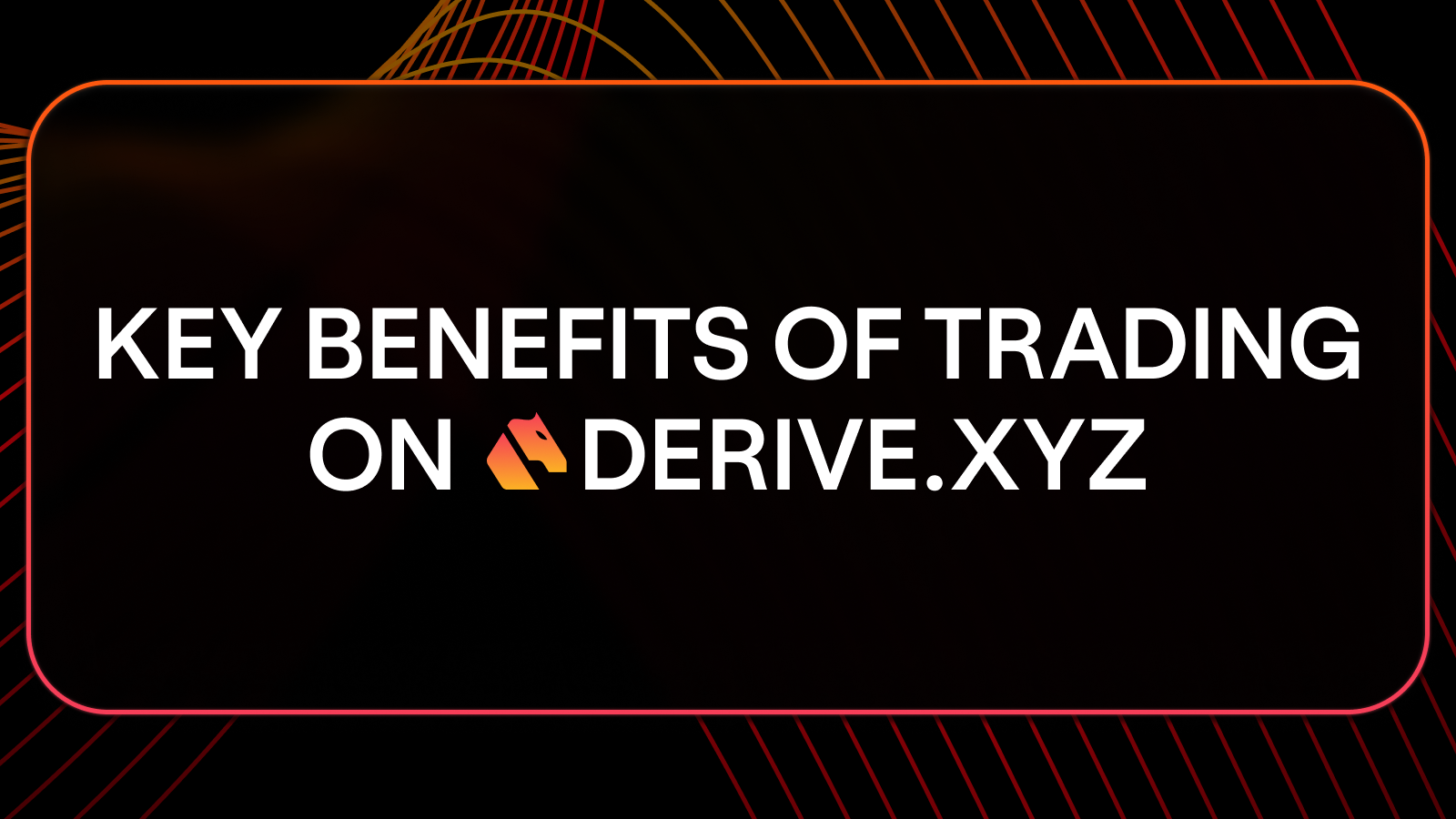Move beyond directional bets. Trade the math behind the markets.
So far, we have focused on trading direction, volatility, and time.
With options, you can also trade statistics, expressing views on mean reversion, correlation breakdowns, and volatility clustering without needing to pick an up or down move.
This is the core of statistical arbitrage (stat arb) using options.
What Is Statistical Arbitrage?
Statistical arbitrage is a quantitative approach that seeks to exploit small, temporary mispricings between related assets, or to profit from recurring patterns in price movement.
With options, you can use Greeks, spreads, and multi-asset strategies to trade:
- Mean reversion (betting on a return to the average)
- Correlation (betting on assets moving together or apart)
- Volatility clustering (profiting from swings in implied or realized vol)
Popular Stat Arb Option Strategies
1. Calendar Spreads for Mean Reversion
If volatility spikes, you can sell front-month options and buy longer-dated options at the same strike, betting volatility will revert.
2. Pairs Trades with Options
Trade options on two correlated assets (like BTC and ETH). Buy a call on the weaker asset and a put on the stronger one if you expect correlation to normalize.
3. Straddles and Strangles for Volatility Clustering
If realized volatility drops but implied volatility stays high, you can sell straddles or strangles, betting vol will mean revert lower.
4. Dispersion Trades
Buy volatility on single names and sell index volatility, or vice versa, to bet on differences in correlation and volatility across assets.
Key Considerations
- Statistical edge relies on large sample sizes and probability, not single trade predictions
- Greeks analysis helps you build delta-neutral, vega-neutral, or gamma-neutral trades
- Monitoring correlation and volatility metrics is critical for timing and structure
On Derive
- Build and track stat arb structures using options and spot or perps
- Monitor portfolio-level Greeks to stay neutral or skewed as needed
- Use subaccounts for pairs, calendars, or vol cluster trades
- Visualize correlation and volatility stats before building your trades
Your Action Today
- Try a simple calendar spread during a volatility spike
- Build a BTC/ETH pairs trade using calls and puts
- Compare implied and realized volatilities, and design a straddle or strangle to match your view
- Explore the Greeks panel and think about how to neutralize unwanted exposure
Tomorrow, we will look at risk reversal strategies, a professional way to trade skew and directional bias at the same time.
Coming tomorrow:
Day 33 – Risk Reversals: Expressing Skew and Directional Bias
Hasta manana
Cpt


















